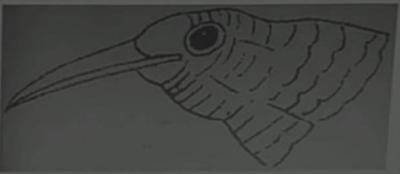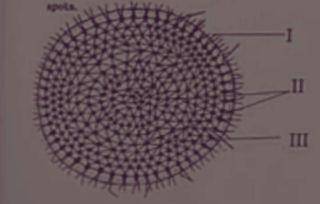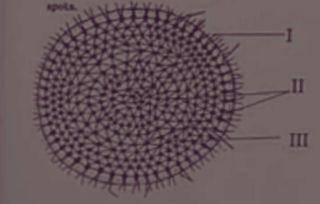Which of the following is a characteristic of cells related to irritability?
Ability to respond to stimuli
Ability to synthesize proteins
Ability to generate energy
Ability to replicate DNA
Correct answer is A
Irritability, also known as responsiveness or excitability, refers to the ability of cells to detect and respond to various stimuli or changes in their environment.
Which of the following is an example of a microorganism in action as a disease vector?
Fungi decomposing dead plant material
Mosquito transmitting malaria
Bacteria causing food poisoning
Algae producing oxygen through photosynthesis
Correct answer is B
A disease vector is an organism that transmits disease-causing pathogens from one host to another. Female Anopheles mosquitoes can carry and transmit the Plasmodium parasite, which causes malaria. When an infected mosquito bites a person, it injects the parasite into the bloodstream, leading to the transmission of the disease.
One of the functions of water in seed germination is to?
dilute the embryo
make the soil wet and soft
activate the enzymes
promote aerobic respiration
Correct answer is C
The water activates special proteins, called enzymes, that begin the process of seed growth.

The beak structure of the organism is best adapted for?
pecking grass
killing and picking fish
pecking wood
sucking nectar
Correct answer is D
The beaks of nectar sucking birds are long slender and pointed.
This helps in sucking nectar and also feeding insects and food to the young ones.
Birds like Hummingbirds have this kind of beaks.
An adaptive feature of camel to the desert is?
ability to increase sweat production
ability to pass high amount of urine
ability to tolerate low degree of dehydration
ability to tolerate high degree of dehydration
Correct answer is D
The hump present in the camel helps them travel long periods without water to survive in the desert's harsh conditions.
Thus the hump acts as a fat reserve or an energy reserve.
Felix Dujardin
Carolus Linneus
Theodore Schwann
Charles Darwin
Correct answer is B
Carolus Linnaeus is the father of taxonomy, which is the system of classifying and naming organisms.
One of his contributions was the development of a hierarchical system of classification of nature.
Today, this system includes eight taxa: domain, kingdom, phylum, class, order, family, genus, and species.
petaloid sepals serve the function of?
carrying out photosynthesis
attracting pollinating agents to a flower
retaining pollen grains in the corolla tubes
protecting the inner floral parts of the flower
Correct answer is D
They typically function as protection for the flower in bud, and often as support for the petals when in bloom.
The under secretion of thyroxine in children results in?
goitre
gigantism
kwashiorkor
cretinism
Correct answer is D
Congenital hypothyroidism, previously known as cretinism, is a severe deficiency of thyroid hormone in newborns.
It causes impaired neurological function, stunted growth, and physical deformities
JAMB Subjects
Aptitude Tests
Latest Jobs
Information and Communication Manager at Nigerian Breweries Plc
Area Sales Manager at Airtel Nigeria
State Business Manager at Airtel Nigeria
Regional Technical Officer at Airtel Nigeria
Business Manager at Airtel Nigeria
Contract Administrator at Robert Walters
Import & Export Manager at Kerildbert Holdings Limited
JV Account Payable Officer at WTS Energy
HR Intern, Learning and Development at MainOne Cable
Senior Technical Officer - Endemic Diseases & NTDs (AfCDC) at the African Union

